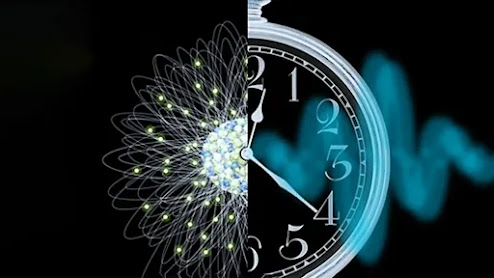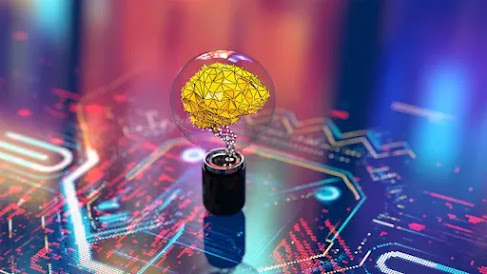Physicists take a major step toward making a nuclear clock

In a first, scientists have used a tabletop laser to bump an atomic nucleus into a higher energy state. It’s a feat that sets scientists on a path toward creating the first nuclear clock, which would keep time based on the inner workings of atomic nuclei. The advance is a “remarkable breakthrough,” says Olga Kocharovskaya, a physicist at Texas A&M University in College Station who was not involved in the research. Compared to atomic clocks — currently scientists’ most precise timekeepers — nuclear clocks could be simpler and more portable. And they could be used to test fundamental physics theories in new ways. With the new result, a nuclear clock seems more attainable than ever: “We know now that it’s conceptually feasible,” says physicist Peter Thirolf of Ludwig-Maximilians-Universität München in Germany, who was not part of the study. Tried-and-true atomic clocks are based on the physics of the electrons that surround atoms. Within those atoms, electrons inhabit individual energ
.webp)




